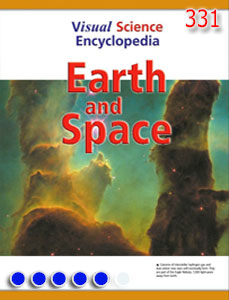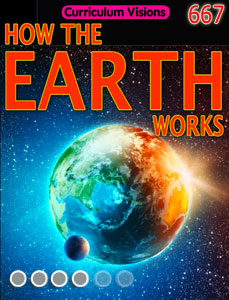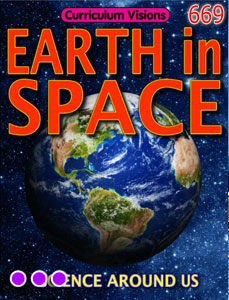An aurora happens high in the sky near to both poles, but is mainly seen by people in the Northern hemisphere, which is why it is known as the Aurora Borealis, or Northern Lights. The lights can be seen as far south as about 40 degrees in exceptional circumstances. The same lights occur in the the southern hemisphere and are called the Aurora Australis or the southern lights.
The somewhat strange-sounding name Aurora Borealis was made up by famous Italian scientist Galileo in 1619 using the names of the Roman goddess of dawn, Aurora, and the Greek north wind, Boreas.
An aurora may look like wispy clouds, but it is quite different, and occurs much higher in the sky. I is caused by the great stream of particles leaving the Sun that is known as the Solar Wind. The Solar Wind, which is invisible to us, continually blows across space in all directions, and reaches the Earth and other planets. As a result, Jupiter and Saturn, as well as the Earth, have spectacular auroras.
The particles from the Sun are charged with electricity. The Earth has a giant magnetic field surrounding it. As a result it is possible for the Earth's magnetism to affect the Solar Wind.
This happens in a very high region of the Earth's atmosphere called the Magnetosphere. Bright lights of pale greens, pinks and some other colours are seen when the particles in the Solar Wind are pulled into the Earth's upper atmosphere.
This light is given out all of the time, and in high Arctic regions where there is no daylight in the depth of winter, the lights are seen all of the time. But as the lights are very pale, in places where there is daylight they cannot be seen until night.









